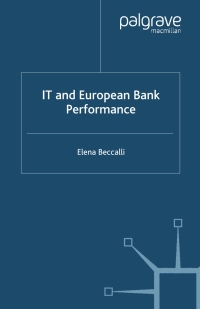Question
A company has a short term note payable outstanding at an interest rate of 3%, and must refinance this liability in 90 days. The company
A company has a short term note payable outstanding at an interest rate of 3%, and must refinance this liability in 90 days. The company wants to hedge against the possibility that interest rates will be higher at that time. If the interest rate on U.S. Treasury bills is highly correlated with the rate on the notes, which investment is an effective hedge?
Select one:
A. Take a short position in U.S. Treasury bill futures
B. Swap the fixed interest on the note for a floating interest rate obligation tied to the U.S. Treasury bill rate
C. Purchase call options on U.S. Treasury bills
D. Take a long position in U.S. Treasury bill futures
A company has a firm commitment to roll over a variable rate loan every 90 days. It hedges its interest rate risk by selling 90-day Treasury bills at a fixed price, for delivery in 90 days. The hedge is determined to be effective. Which statement is true?
Select one:
A. Changes in the value of the short position in Treasury bills accumulate in other comprehensive income until interest expense is recognized on the loan.
B. If the Treasury bill rate declines, interest expense on the term loan after it is rolled over will be lower than if no hedging had occurred.
C. If the variable rate on the loan increases, the company gains on its firm commitment to roll over the term loan.
D. If the Treasury bill rate increases, the company gains on the hedge.
Step by Step Solution
There are 3 Steps involved in it
Step: 1

Get Instant Access to Expert-Tailored Solutions
See step-by-step solutions with expert insights and AI powered tools for academic success
Step: 2

Step: 3

Ace Your Homework with AI
Get the answers you need in no time with our AI-driven, step-by-step assistance
Get Started


